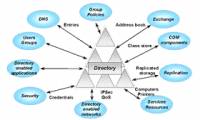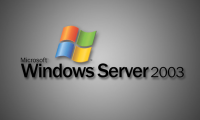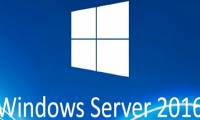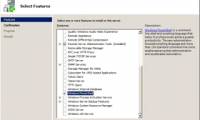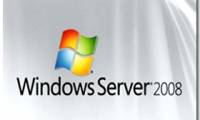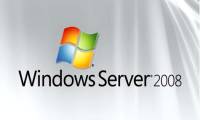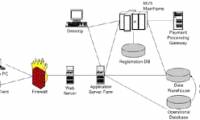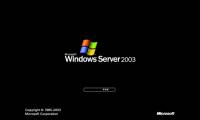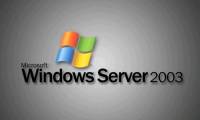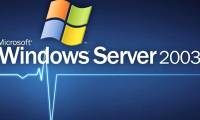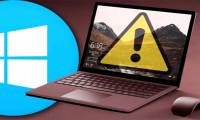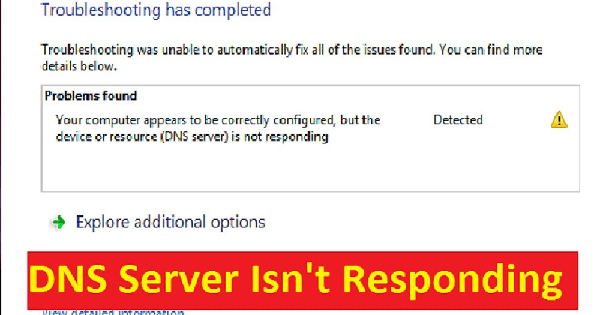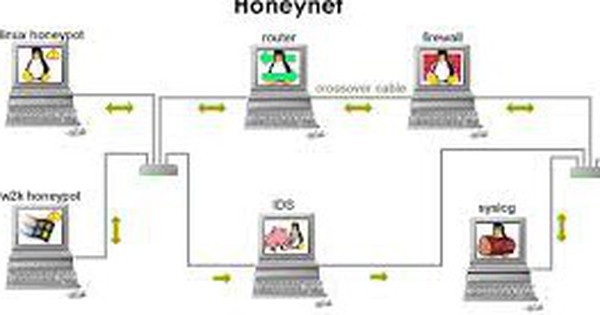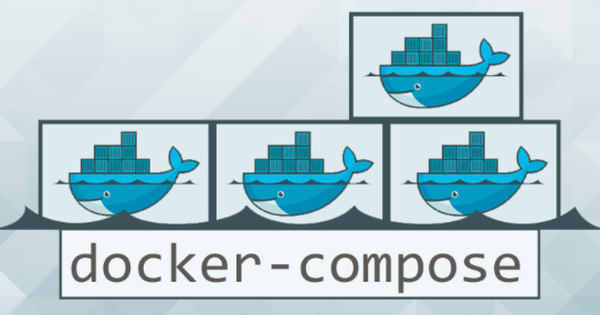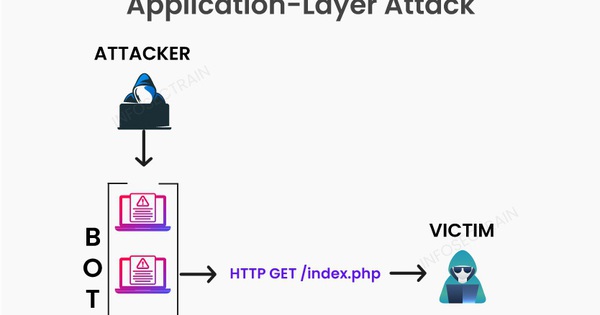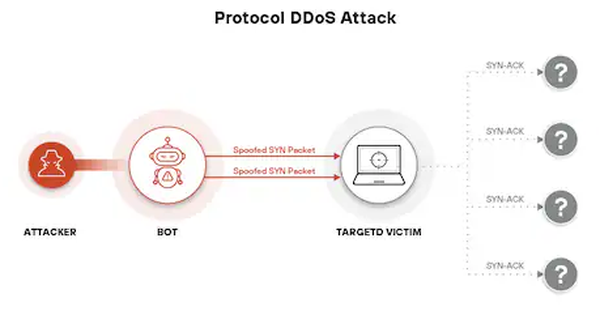
on windows operating systems, there is a built-in remote desktop function that allows users to access and access remote systems via an intranet or internet. assuming that in case

it can be said that one of the most 'problematic' issues in managing and working with active directory is mistakenly deleting data or objects accidentally or incorrectly handled by
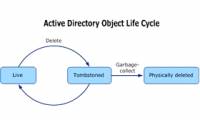
in the previous article, i showed you how to recover deleted components in active directory, which are related to the lifecycle properties of tombstone objects. technically this
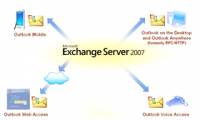
in the following article, we will introduce you some basic characteristics of security configuration wizard - scw of exchange server 2007, with the main purpose of minimizing the

in essence, active directory is a 'massive' database based on a hierarchical architecture, which contains complete information about network systems such as computers, servers,

in the following article, i will show you some basic steps to turn off the password request feature for accounts in the windows server 2003 active directory domain. in terms of

network management documentation server 2003 as details of how to install, create a companion server in case the main server is malfunctioning, create a domain, join the client to

dns configuration is similar to installing it, which means you don't need to be too bothered or ask any administrator to help you do that, because you can do this yourself.

powershell is windows' new command line interface, providing a very effective interactive environment for the operating system. powershell is great for automating system

now is a good time to give up windows to linux both on the desktop and the server.

failover cluster management tool in windows server 2008 allows users to create and manage multiple cluster.

dhcp is one of two network-based services that help control network behavior (the other is dns).

netcap is a command line utility that checks network traffic, which we will show you in this article.

microsoft announced it would stop supporting windows server 2003 from july 14, before windows 10 officially launched two weeks.

an estimated 39% of microsoft server operating systems are running version 2003. the suspension of support for this operating system creates a security risk.

many businesses are still using windows server 2003 and even microsoft no longer supports it.

if you are still using a copy of windows xp or windows server 2003 on networked systems (and both windows 7, windows server 2008 and 2008 r2), pay attention!
 on windows operating systems, there is a built-in remote desktop function that allows users to access and access remote systems via an intranet or internet. assuming that in case
on windows operating systems, there is a built-in remote desktop function that allows users to access and access remote systems via an intranet or internet. assuming that in case it can be said that one of the most 'problematic' issues in managing and working with active directory is mistakenly deleting data or objects accidentally or incorrectly handled by
it can be said that one of the most 'problematic' issues in managing and working with active directory is mistakenly deleting data or objects accidentally or incorrectly handled by in the previous article, i showed you how to recover deleted components in active directory, which are related to the lifecycle properties of tombstone objects. technically this
in the previous article, i showed you how to recover deleted components in active directory, which are related to the lifecycle properties of tombstone objects. technically this in the following article, we will introduce you some basic characteristics of security configuration wizard - scw of exchange server 2007, with the main purpose of minimizing the
in the following article, we will introduce you some basic characteristics of security configuration wizard - scw of exchange server 2007, with the main purpose of minimizing the in essence, active directory is a 'massive' database based on a hierarchical architecture, which contains complete information about network systems such as computers, servers,
in essence, active directory is a 'massive' database based on a hierarchical architecture, which contains complete information about network systems such as computers, servers, in the following article, i will show you some basic steps to turn off the password request feature for accounts in the windows server 2003 active directory domain. in terms of
in the following article, i will show you some basic steps to turn off the password request feature for accounts in the windows server 2003 active directory domain. in terms of network management documentation server 2003 as details of how to install, create a companion server in case the main server is malfunctioning, create a domain, join the client to
network management documentation server 2003 as details of how to install, create a companion server in case the main server is malfunctioning, create a domain, join the client to dns configuration is similar to installing it, which means you don't need to be too bothered or ask any administrator to help you do that, because you can do this yourself.
dns configuration is similar to installing it, which means you don't need to be too bothered or ask any administrator to help you do that, because you can do this yourself. powershell is windows' new command line interface, providing a very effective interactive environment for the operating system. powershell is great for automating system
powershell is windows' new command line interface, providing a very effective interactive environment for the operating system. powershell is great for automating system now is a good time to give up windows to linux both on the desktop and the server.
now is a good time to give up windows to linux both on the desktop and the server. failover cluster management tool in windows server 2008 allows users to create and manage multiple cluster.
failover cluster management tool in windows server 2008 allows users to create and manage multiple cluster. dhcp is one of two network-based services that help control network behavior (the other is dns).
dhcp is one of two network-based services that help control network behavior (the other is dns). netcap is a command line utility that checks network traffic, which we will show you in this article.
netcap is a command line utility that checks network traffic, which we will show you in this article. microsoft announced it would stop supporting windows server 2003 from july 14, before windows 10 officially launched two weeks.
microsoft announced it would stop supporting windows server 2003 from july 14, before windows 10 officially launched two weeks. an estimated 39% of microsoft server operating systems are running version 2003. the suspension of support for this operating system creates a security risk.
an estimated 39% of microsoft server operating systems are running version 2003. the suspension of support for this operating system creates a security risk. many businesses are still using windows server 2003 and even microsoft no longer supports it.
many businesses are still using windows server 2003 and even microsoft no longer supports it. if you are still using a copy of windows xp or windows server 2003 on networked systems (and both windows 7, windows server 2008 and 2008 r2), pay attention!
if you are still using a copy of windows xp or windows server 2003 on networked systems (and both windows 7, windows server 2008 and 2008 r2), pay attention!